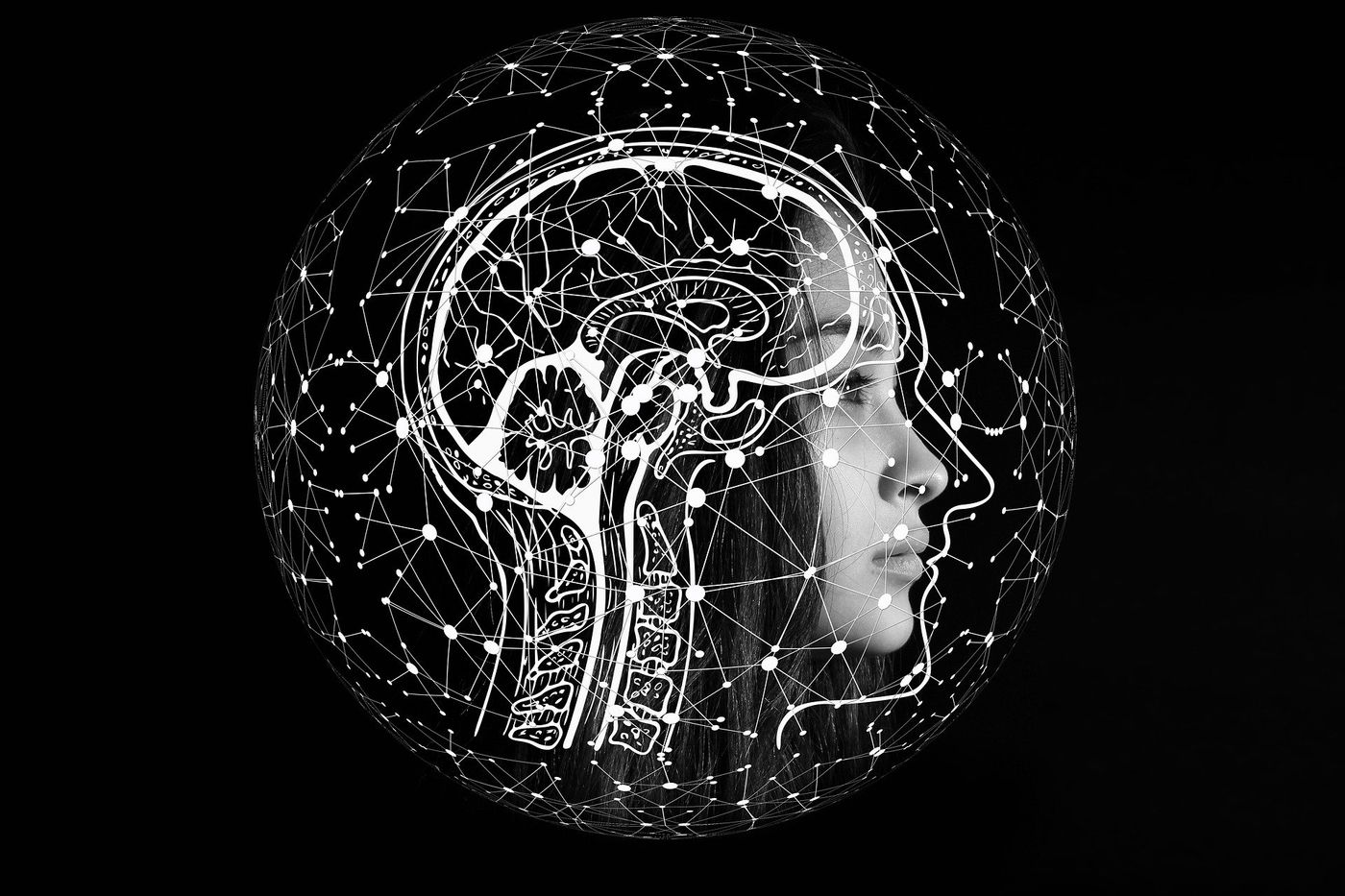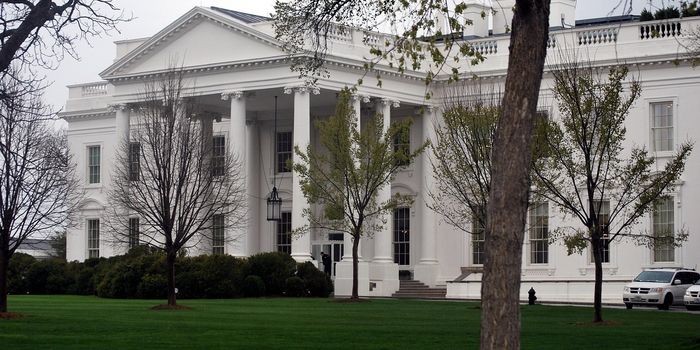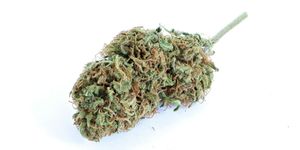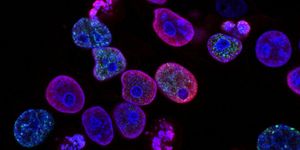Brain scans of teens predict their risk of binge drinking
We’ve seen teenage binge drinking widely represented in popular culture. There is, however, a dark side to what many consider harmless fun. Mounting evidence is drawing attention to the deleterious short and long-term medical consequences of uncontrolled alcohol consumption in young adults.
Defined as drinking between four and five drinks within a two-hour timespan, research shows that binge drinking is becoming a prevalent but preventable problem in many communities. The Centers for Disease Control and Prevention found that one in six young adults in the U.S. binge drink, on average, about four times a month.
This extent of alcohol consumption puts young drinkers at alarmingly elevated risks: death from alcohol poisoning, injuries, accidents, heart failure, and down the line, even permanent liver damage.
Investigators at the University of California San Diego sought to gain a deeper understanding of the neurobiological processes governing these behaviors. In a bid to define better intervention strategies to curb binge drinking, they looked for answers in brain scans of at-risk youth.
In a study published in Alcoholism: Clinical and Experimental Research, the researchers took advantage of a specialized technique called blood oxygen level dependent (BOLD) MRI, as illustrated in the video below. Using this method, neuroscientists and physicians can visualize cerebral blood flow patterns as markers of increased neural activity while subjects perform set activities.
The study tracked teenage participants aged between 12 and 14 over a period of 15 years, during which time some had progressed from occasional alcohol consumers to heavy binge drinkers. Specifically, they were interested in a cognitive process known as inhibitory control: the ability to inhibit impulses in favor of more goal-oriented behaviors. Studies have found that this process, in particular, involves multiple brain regions and is linked to an impaired ability to moderate alcohol intake.
Subjects were instructed to watch for shapes as they appeared on a screen to simulate inhibitory control in a controlled environment. The cohort was then instructed to press a button every time a shape appeared, except for when squares popped up. Throughout the exercise, BOLD MRI imaged brain activity, mapping neurobiological dynamics occurring as participants actively resisted the urge to hit the button when faced with squares.
Signaling that researchers were on the right track, the MRI activity matched anatomical regions previously thought to be associated with inhibitory control processes. On average, the young adults managed to perform the task correctly 87 percent of the time. Fascinatingly, the intensity of the BOLD MRI signal corresponded closely with how quickly the youth transitioned to binge drinking over the 15-year study period. A weak signal, associated with weaker inhibitory control, meant the teenagers started binge drinking earlier than their counterparts with stronger BOLD readouts.
A larger study is in the works to confirm the findings. Still, the research team is optimistic that this test could easily identify at-risk individuals predicted to grapple with binge drinking issues at an earlier age. Routine MRI scans could help tailor interventions to prevent, or at the very least, postpone heavy drinking activities until after adolescent brain development.
Sources: Diagnostic Imaging, Alcoholism: Clinical and Experimental Research.









